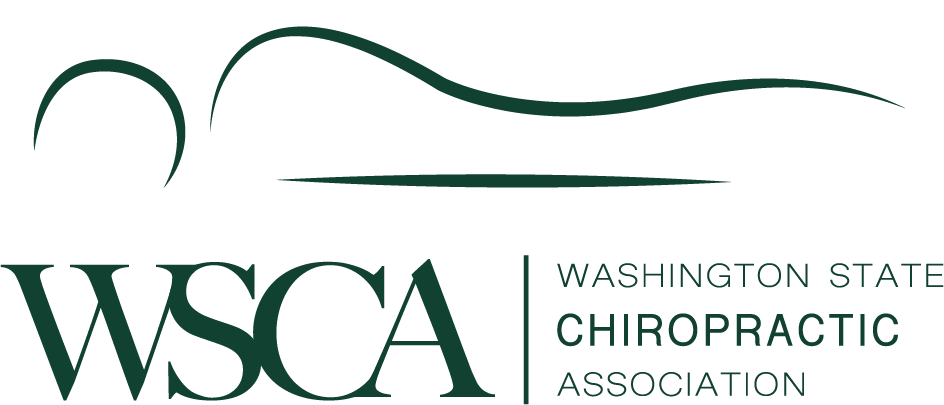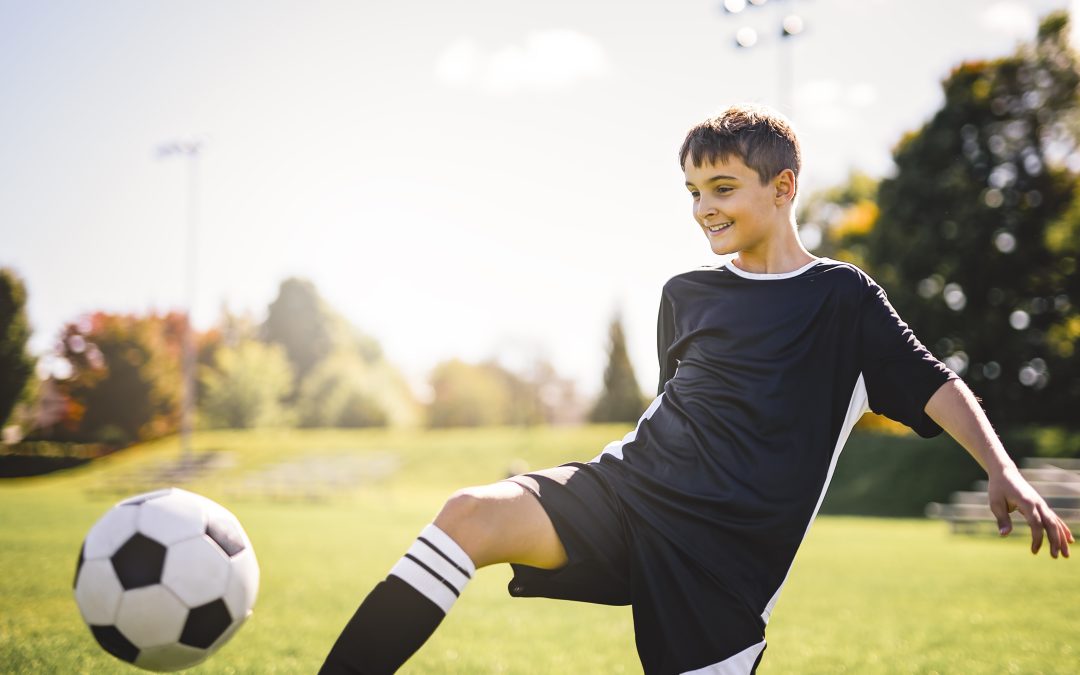When you think of chiropractic care, your mind might go to adults with back pain or stiff necks, but children can benefit, too. From treating sports injuries to helping with posture and everyday aches, chiropractors offer safe, noninvasive care that supports growing bodies.
Summer is the perfect time to explore these benefits. With school out, kids are often more active—running through sprinklers, riding bikes, swimming at the local pool, or diving into pickup games at the park. It’s also a great season to plan ahead for the return of fall sports, heavy backpacks, and long hours at a desk. And let’s be honest: even in the summer, a lot of kids spend time hunched over phones or tablets. All of these habits can affect how their bodies feel and function.
Chiropractors who specialize in pediatric care are trained to assess posture, alignment, and mobility in children of all ages, from toddlers to teens. Whether your child is dealing with growing pains or recovering from a soccer injury, chiropractic care may help them feel better and move with greater ease.
How Chiropractic Care Can Support Your Child
Here are some of the most common reasons parents turn to chiropractic care for their children and how it may help:
1. Growing Pains
Muscle and joint aches are common in childhood, especially during periods of rapid growth. While “growing pains” often resolve on their own, chiropractic care can provide relief by supporting proper alignment and reducing muscle tension. According to the Foundation for Chiropractic Progress (F4CP), chiropractic care may support healthy musculoskeletal development during these times, including early childhood milestones and adolescent changes.
2. Sports Injuries and Performance
Student athletes often experience repetitive stress on joints and muscles. Chiropractic care can help young athletes recover from minor injuries, reduce inflammation, and improve their range of motion. Chiropractic care may also support injury prevention by correcting imbalances in the body before they lead to bigger problems, according to the F4CP.
3. Backpack Strain
Backpacks can be tough on kids’ spines, especially when they’re too heavy or worn improperly. Generally, a backpack should weigh no more than 15% of a child’s body weight. Chiropractors can assess posture and spine alignment, offer guidance on proper backpack fit, and address any discomfort caused by carrying too much around during the school day.
4. Posture and Device Use
Many children and teens spend long hours sitting—first in classrooms, then at home on phones, tablets, or computers. Over time, this can contribute to poor posture, rounded shoulders, and even neck or upper back pain. A chiropractor can evaluate these patterns and offer personalized care plans to improve posture and reduce physical strain.
5. Sleep Challenges
When kids aren’t sleeping well, physical tension or discomfort may be part of the reason. Chiropractic care may help by addressing musculoskeletal imbalances and supporting overall recovery after injury. As the F4CP notes, adjustments that improve mobility and alignment can contribute to better rest and function in growing bodies.
6. Headaches
Children can experience tension or recurrent headaches, often linked to posture, physical stress, or muscular imbalances. A randomized clinical trial published in Chiropractic & Manual Therapies found that chiropractic spinal manipulation significantly reduced headache frequency in children aged 7–14, compared to a sham treatment group. As always, families should consult both their pediatrician and chiropractor to determine the most appropriate course of care.
7. Colic, Ear Infections, and Other Pediatric Conditions
Some parents explore chiropractic care as a complementary approach for issues like colic or recurrent ear infections. While the scientific evidence is limited, some studies suggest that spinal manipulation may help reduce symptoms in certain cases. It’s important to speak with both your chiropractor and pediatrician about any treatment for non-musculoskeletal conditions.
What Parents Should Consider
Chiropractic care for children is generally considered safe when provided by a licensed and experienced chiropractor. Those with additional post-graduate education in pediatrics may be identified by certifications such as the Diplomate in the Academy Council of Chiropractic Pediatrics (DACCP) or the Diplomate in Clinical Chiropractic Pediatrics (DICCP). According to a research review from the American Chiropractic Association, serious adverse events are extremely rare, particularly when treatment is appropriately modified for a patient’s age, size, and health status.
However, a review from Paediatrics & Child Health emphasizes the need for clear communication between chiropractors, pediatricians, and parents. It’s important to:
- Ensure informed consent is obtained and documented.
- Discuss any pre-existing conditions or red flags with your healthcare providers.
- Confirm that spinal manipulation is appropriate for your child’s symptoms.
- Ensure your child’s chiropractor and primary care provider communicate and work collaboratively in their care.
If your child is experiencing sudden or severe symptoms, such as high fever, unexplained weight loss, or persistent vomiting, seek immediate medical attention.
Getting Started
If you’re thinking about chiropractic care for your child, look for a provider who has experience working with pediatric patients and who takes the time to explain what they’re doing in kid-friendly terms. A good chiropractor will also welcome your questions, encourage collaboration with your child’s medical doctor, and keep your child’s comfort and safety front and center.
Looking for a chiropractor in Washington State?
Use the WSCA Directory to find the right provider for your family.

